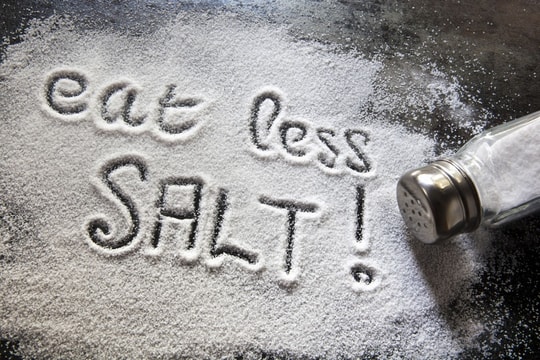How to help children with stuffy nose and runny nose at home
According to ENT specialists, about 10% of infants with stuffy nose and runny nose have complications due to parents' lack of knowledge in caring for them, causing the disease to become severe, leading to sinusitis and bronchitis. So what is the correct method of caring for a baby with stuffy nose and runny nose at home? Please refer to the 5 methods below.
Clean nose with saline solution
– Put drops in your child's nose 3-4 times a day when he or she sneezes many times a day.
– The more runny nose, the more you should use nose drops. If you see your child has a runny nose and stop using nose drops, it will make your child's rhinitis take longer to go away and the infection will be more severe.
Step 1:Before using, soak the nasal drops bottle in warm (not hot) water and then drop into each nostril of your child.
Step 2:Before using nasal drops, blow or suck out all the mucus and pus in the nasal cavity, so that the drops can be effective. For children who do not know how to blow their nose, adults must use a nasal aspirator to gently and properly suck out all the mucus in the child's nose before using nasal drops (do not use your mouth to suck).
 |
Step 3:When using nasal drops, it is best to lie on your back. Or if you cannot lie on your back, you must sit and tilt your head back as far as possible so that the medicine can enter the nasal cavity. When using nasal drops, try to insert the tip of the dropper about 1cm deep into the nasal cavity (but do not let it touch the nose) and then slowly drop 2-3 drops into the child's nose. After using nasal drops, press the nostrils for a few seconds.
For children with stuffy noses, after 1-2 minutes of putting drops in the nose, the mucus stuck in the nasal cavity will thin out and flow out. Mothers can use a nasal aspirator to clean it out for their children. Or when the child has a runny nose, after putting drops in the nose, mothers can suck the nose one more time to avoid the child inhaling the mucus back in, causing more infection.
Do not use your hands to cover your nose as this will suddenly increase the pressure on your nose. Use soft, clean, disposable tissues.
Pressing the Yingxiang point
The Yingxiang acupoint, also known as Yingxiang or Chongyang, has a specific effect on nasal diseases. It has the effect of clearing the sinuses, dispersing wind-heat, clearing fire energy, helping to treat rhinitis, stuffy nose, runny nose...
 |
Finding the right acupoint is not difficult because it is located right next to the nostrils, on the nasolabial groove, about half an inch (0.8 - 0.9 cm) from the nostrils. Pressing the Yingxiang acupoint is safe for all ages, including children, and does not cause side effects like taking antibiotics. If your baby has a stuffy nose or a runny nose, use your fingertips to press the Yingxiang acupoint on both sides of the nostrils for 1 - 2 minutes, until the baby feels a stinging sensation on the bridge of the nose, and feels tension in both nostrils and cheeks.
Be careful not to use too much force. It is best to use your little finger to reduce the force when applying acupressure to your baby. You can do this several times a day, continuously for 5-7 days depending on the progression of the disease.
Rub oil on the soles of your feet
When your child shows signs of sneezing or runny nose, you should immediately rub cajeput oil on the soles of your child's feet, massage the soles of each foot for about 1 minute, then put on socks. Although simple, it is very effective, especially for newborns.
According to VNE
| RELATED NEWS |
|---|


